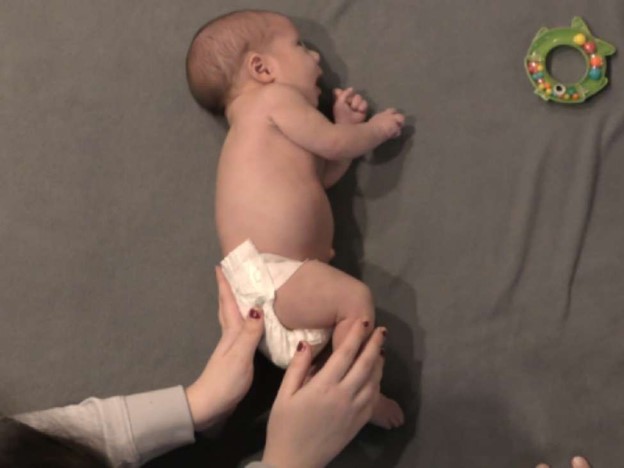A nurse is monitoring an infant who is receiving opioids for pain.
Which of the following findings should indicate to the nurse that the medication is having a therapeutic effect?
Bradycardia.
Relaxed facial expression.
Increased blood pressure.
Limb withdrawal.
The Correct Answer is B
A relaxed facial expression can indicate that the medication is having a therapeutic effect and that the infant is experiencing pain relief.
Choice A is wrong because bradycardia is not an indication that the medication is having a therapeutic effect.
Choice C is wrong because increased blood pressure is not an indication that the medication is having a therapeutic effect.
Choice D is wrong because limb withdrawal is not an indication that the medication is having a therapeutic effect.
Nursing Test Bank
Naxlex Comprehensive Predictor Exams
Related Questions
Correct Answer is C
Explanation
A potassium level of.2 mEq/L is considered low.
Low potassium levels can cause muscle weakness and spasms.
Hyporeflexia refers to below normal or absent reflexes and can be a sign of muscle weakness.
Choice A is wrong because oliguria, or decreased urine output, is not a common symptom of low potassium levels.
Choice B is wrong because hypertension, or high blood pressure, is not a common symptom of low potassium levels.
Choice D is wrong because hyperactive bowel sounds are not a common symptom of low potassium levels.
Correct Answer is D
Explanation

After a tonsillectomy surgery, it is important to place the child in a side-lying position to help keep their airway open and prevent aspiration 1.
Choice A is wrong because deep breathing and coughing may cause discomfort and bleeding after a tonsillectomy.
Choice B is wrong because while ice cream may be soothing for the throat, it is not the only food that can be offered when the child is alert.
Choice C is wrong because drinking fluids through a straw may cause discomfort and bleeding after a tonsillectomy.
Whether you are a student looking to ace your exams or a practicing nurse seeking to enhance your expertise , our nursing education contents will empower you with the confidence and competence to make a difference in the lives of patients and become a respected leader in the healthcare field.
Visit Naxlex, invest in your future and unlock endless possibilities with our unparalleled nursing education contents today
Report Wrong Answer on the Current Question
Do you disagree with the answer? If yes, what is your expected answer? Explain.
Kindly be descriptive with the issue you are facing.
